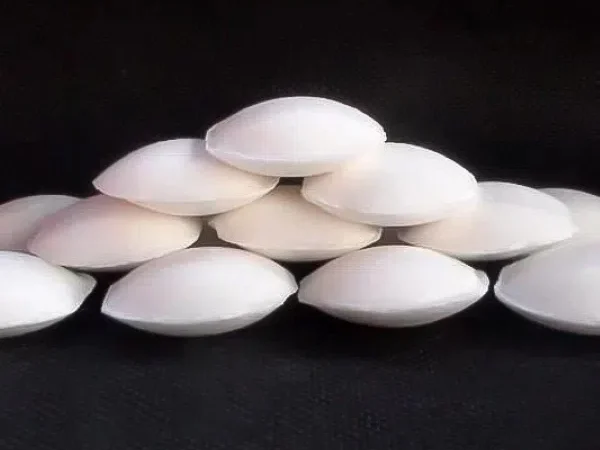
Introduction
In the field of gold extraction and other metal - recovery processes, cyanide leaching, especially with sodium cyanide, has been a widely used method for over a century. This process, which creates soluble metal - cyanide complexes, is effective but faces several challenges. One major issue is the relatively slow reaction speed and the requirement for an adequate supply of oxygen to dissolve metals like gold. This is where hydrogen peroxide (H₂O₂) has emerged as a promising additive to improve the cyanide leaching process.
The Basics of Cyanide Leaching
Cyanide leaching works because cyanide ions can react with metals to form stable and soluble complexes. When it comes to extracting gold, oxygen plays a vital role as an oxidizing agent. It helps convert gold into a form that can combine with cyanide ions, resulting in a soluble complex that can be further processed to obtain gold. However, in many ores, the oxygen naturally available from the air is often not enough. This shortage leads to slow reactions and incomplete metal extraction.
How Hydrogen Peroxide Aids in Cyanide Leaching
1. Oxygen Supply
Hydrogen peroxide is a powerful oxidizing agent. When added to the cyanide leaching solution, it breaks down and releases oxygen. This additional oxygen supply significantly boosts the oxidation of metals during the leaching process. In ores that contain sulfide minerals, for example, the oxidation of these sulfides by oxygen is crucial for freeing up the gold within. The oxygen released by hydrogen peroxide can speed up this oxidation step, making it easier for the cyanide to react with the gold later on.
2. Accelerating the Leaching Rate
Studies have shown that hydrogen peroxide can increase the overall speed of the cyanide leaching process. It doesn't just provide extra oxygen; it also participates in chemical reactions that break down protective layers on the surface of ore particles. Sometimes, metal sulfides or other minerals form a layer on gold - bearing particles, which stops cyanide from reaching the gold. Hydrogen peroxide can react with these layers, either by oxidizing them or by physically breaking them apart through the action of free radicals produced during its decomposition. This allows cyanide ions to access the gold more readily, thus increasing the rate at which gold is dissolved.
3. Reducing Cyanide Consumption
In traditional cyanide leaching, a large amount of cyanide is used not only in the reaction with gold but also in side reactions with other metal ions present in the ore, such as copper, zinc, and iron. These side reactions reduce the efficiency of the gold - cyanide reaction and increase the overall cost of the leaching process. Hydrogen peroxide can help decrease cyanide usage in two ways. First, by enhancing the oxidation of gold, it promotes the formation of the gold - cyanide complex more quickly, leaving less time for cyanide to react with other metals. Second, hydrogen peroxide can change the form of some interfering metal ions so that they react less with cyanide. For instance, it can convert ferrous ions into ferric ions. Ferric ions form less stable complexes with cyanide, reducing the amount of cyanide wasted in unproductive side reactions.
Case Studies and Experimental Evidence
Numerous laboratory experiments and industrial trials have proven the effectiveness of hydrogen peroxide in cyanide leaching. In one study of a difficult - to - process gold ore, adding hydrogen peroxide to the cyanide leaching solution increased the gold leaching rate by 20 - 30% compared to traditional cyanide leaching with just air aeration. The leaching time was also cut down significantly, from several days to just a few hours.
In an industrial - scale gold mine application, using hydrogen peroxide in the cyanide leaching process led to a 15% reduction in cyanide consumption while still maintaining a high gold recovery rate. This not only lowered the operating costs related to buying cyanide but also reduced the environmental risks associated with cyanide use and disposal.
Considerations for Using Hydrogen Peroxide
1. Concentration
The ideal amount of hydrogen peroxide to add to the cyanide leaching solution depends on various factors, including the type of ore, the concentration of cyanide already in the solution, and the presence of other minerals. Generally, concentrations between 0.1 - 1% (by volume) have been found to work well in most situations. But if the concentration is too high, it can cause over - oxidation of metals, including gold. This over - oxidation might create less soluble gold compounds and reduce the amount of gold that can be recovered.
2. pH Control
The pH level of the leaching solution is very important when using hydrogen peroxide. Cyanide leaching usually takes place at a high pH (around 9 - 12) to prevent the formation of toxic hydrogen cyanide gas. Hydrogen peroxide is more stable at higher pH values. However, if the pH is extremely high, it can reduce the effectiveness of hydrogen peroxide as an oxidizing agent. So, careful control of the pH is needed to ensure that both the cyanide and hydrogen peroxide work optimally in the leaching system.
3. Safety
Hydrogen peroxide is a strong oxidizing agent and can be dangerous if not handled correctly. It can irritate the skin and eyes, and in concentrated forms, it can even be explosive. When using hydrogen peroxide in cyanide leaching, proper safety measures must be implemented. This includes using personal protective equipment, storing and handling the chemical properly.
Conclusion
Hydrogen peroxide has shown great potential as an additive in Sodium Cyanide leaching processes. By providing extra oxygen, speeding up the leaching rate, and reducing cyanide consumption, it can enhance the efficiency and economic viability of metal extraction, especially for gold. However, like any chemical process, proper optimization and strict adherence to safety protocols are essential for its successful implementation. As the mining industry continues to look for more efficient and sustainable extraction methods, the use of hydrogen peroxide in cyanide leaching is likely to become even more important in the future.
- Random Content
- Hot content
- Hot review content
- Sodium Ethyl Xanthate 90% SEX
- Lead nitrate 99%
- Company product introduction
- IPETC 95%Metal sulfide mineral collector Z-200
- 99.5% min Ammonium Chloride For Industrial Use
- Potassium Permanganate – Industrial Grade
- Lithium hydroxide 99% Solid
- 1Discounted Sodium Cyanide (CAS: 143-33-9) for Mining - High Quality & Competitive Pricing
- 2Sodium Cyanide 98% CAS 143-33-9 gold dressing agent Essential for Mining and Chemical Industries
- 3Sodium Cyanide 98%+ CAS 143-33-9
- 4Anhydrous Oxalic acid 99.6% Industrial Grade
- 5Oxalic acid for mining 99.6%
- 6Soda Ash Dense / Light 99.2% Sodium Carbonate Washing Soda
- 7Reagent Grade/Industrial Grade Hydrochloric Acid min.31%
- 1Sodium Cyanide 98% CAS 143-33-9 gold dressing agent Essential for Mining and Chemical Industries
- 2High Quality 99% Purity of Cyanuric chloride ISO 9001:2005 REACH Verified Producer
- 3 High-Quality Sodium Cyanide for Leaching
- 4Powdery emulsion explosive
- 5Industry Grade Electron grade 98% Sulfuric Acid H2SO4 Sulphuric Acid Battery Acid Industrial Sulfuric Acid
- 6Colloidal emulsion explosive
- 7sodium hydrosulfide 70% flakes used Mining Industry


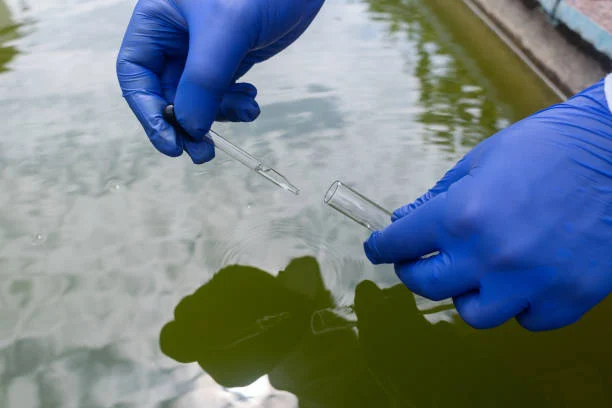

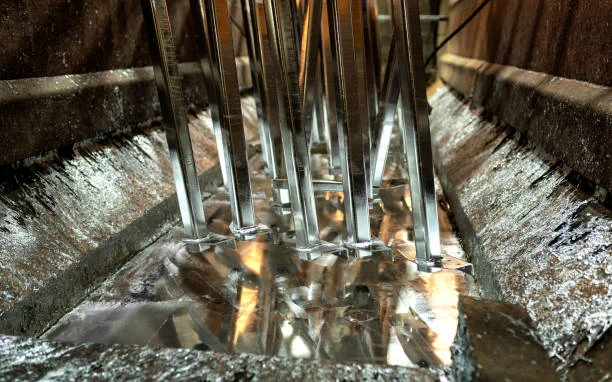
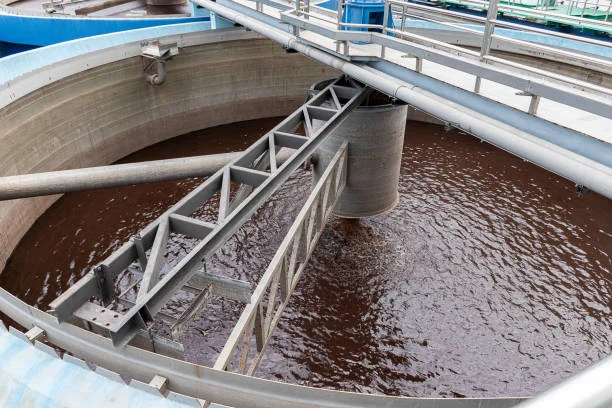
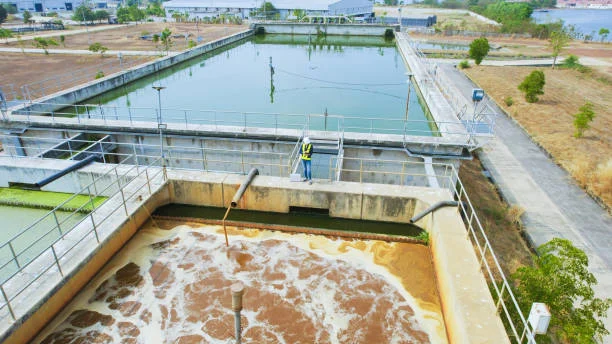

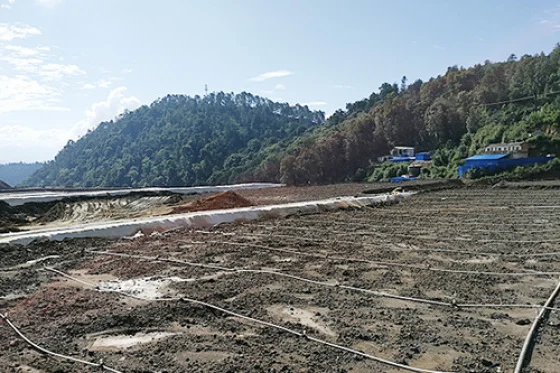
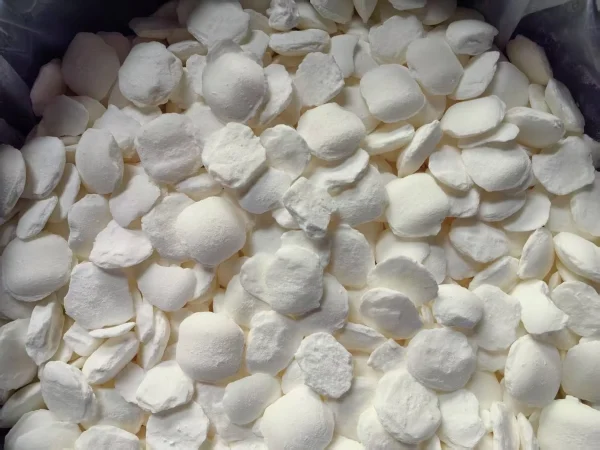


Online message consultation
Add comment: